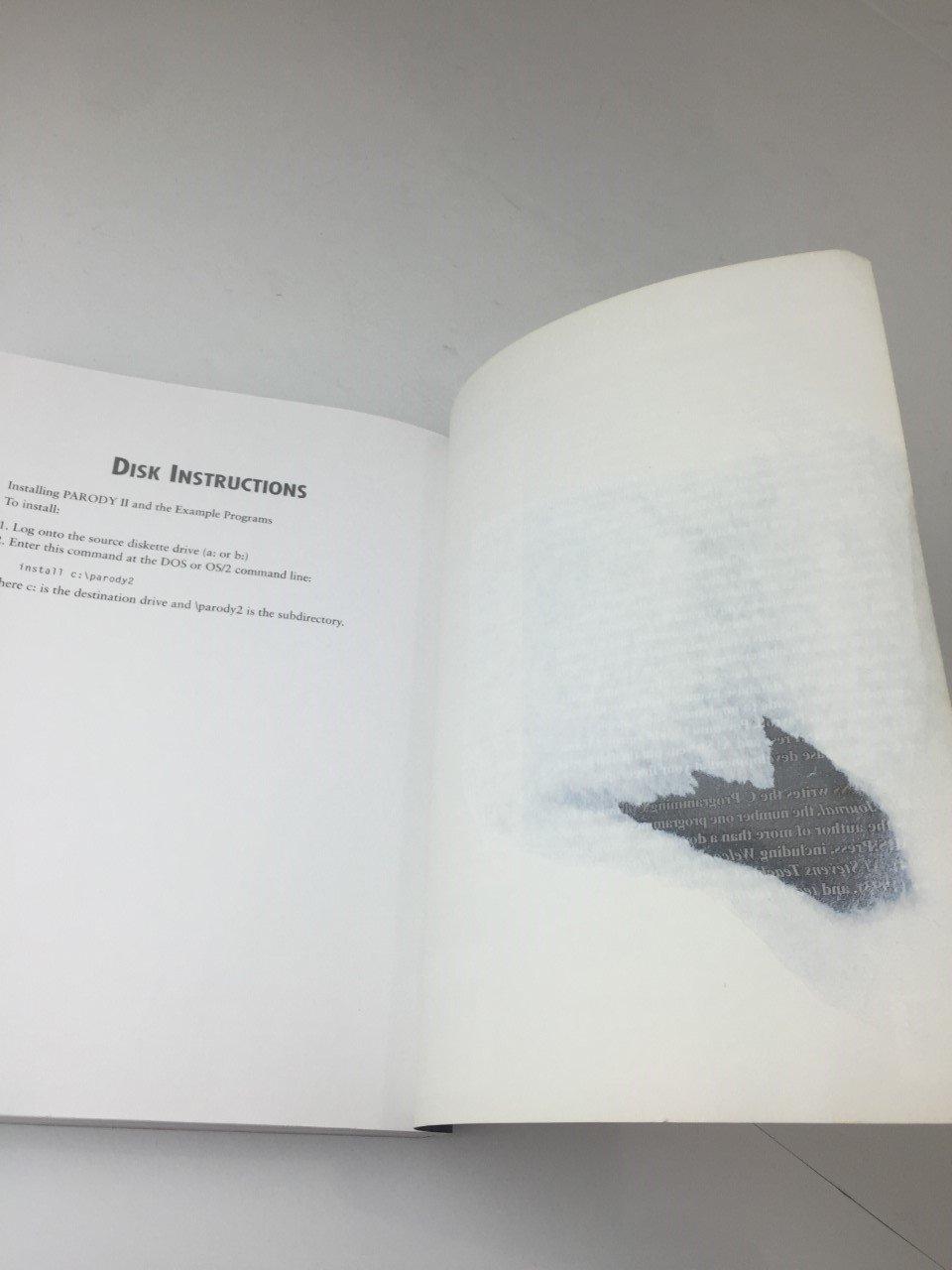Question
ABCD 1. Which of the following is an example of a measure of continuous metrics? a. four errors revealed in an invoice c. weight and
| ABCD | 1. | Which of the following is an example of a measure of continuous metrics?
| ||||||||
| ABCD | 2. | Decision variables:
| ||||||||
| ABCD | 3. | Identify the uncontrollable variable from the following inputs of a decision model.
| ||||||||
| ABCD | 4. | Which of the following inputs of a decision model is an example of data?
| ||||||||
| ABCD | 5. | When will a company use a predictive decision model?
| ||||||||
| ABCD | 6. | Which of the following ways would
| ||||||||
| ABCD | 7. | Which of the following is a differentiation between calculating using the functions COUNT and COUNTIF?
| ||||||||
| ABCD | 8. | The Excel function of ________ is used to find the largest value in a range of cells.
| ||||||||
| ABCD | 9. | The function ________ returns a value or reference of the cell at the intersection of a particular row and column in a given range.
| ||||||||
| ABCD | 10. | Which of the following Lookup functions returns the relative position of an item in an array that equals a specified value in a specified order?
|
Step by Step Solution
There are 3 Steps involved in it
Step: 1

Get Instant Access to Expert-Tailored Solutions
See step-by-step solutions with expert insights and AI powered tools for academic success
Step: 2

Step: 3

Ace Your Homework with AI
Get the answers you need in no time with our AI-driven, step-by-step assistance
Get Started



 /100 - 73 be represented in an Excel spreadsheet?
/100 - 73 be represented in an Excel spreadsheet?